The key difference you need to know: True cinnamon (Ceylon) contains minimal coumarin and is safe for daily consumption, while cassia has high coumarin levels that may exceed safe limits with regular use. This critical health distinction impacts your choice more than taste or price. Let's explore what sets them apart and how to choose the right one for your kitchen.
Table of Contents
- Why Health Matters Most
- What's the Real Difference?
- Taste Comparison: Sweet vs Spicy
- How to Spot True Cinnamon
- Best Culinary Applications
- Where to Buy Authentic Ceylon
- Frequently Asked Questions
Ceylon vs Cassia: The Critical Health Difference You Must Know
When searching "cinnamon vs cassia," your primary concern is likely health impact. Here's the essential information:
| Health Factor | True Cinnamon (Ceylon) | Cassia Cinnamon |
|---|---|---|
| Coumarin Content | 0.017g/kg (extremely low) | 2.1-6.6g/kg (up to 400x higher) |
| Safe Daily Limit | No practical limit for culinary use | Less than 1 teaspoon (2.5g) regularly |
| Health Concerns | None at normal consumption levels | Liver damage risk with prolonged high intake |
| Recommended For | Daily use, children, supplements | Occasional baking, robust recipes |
According to the European Food Safety Authority, the acceptable daily intake of coumarin is 0.1mg per kilogram of body weight. A single teaspoon of cassia can contain up to 14mg of coumarin—enough to exceed safe limits for most adults with regular consumption. True cinnamon's negligible coumarin content makes it the safer choice for daily culinary use and therapeutic applications.
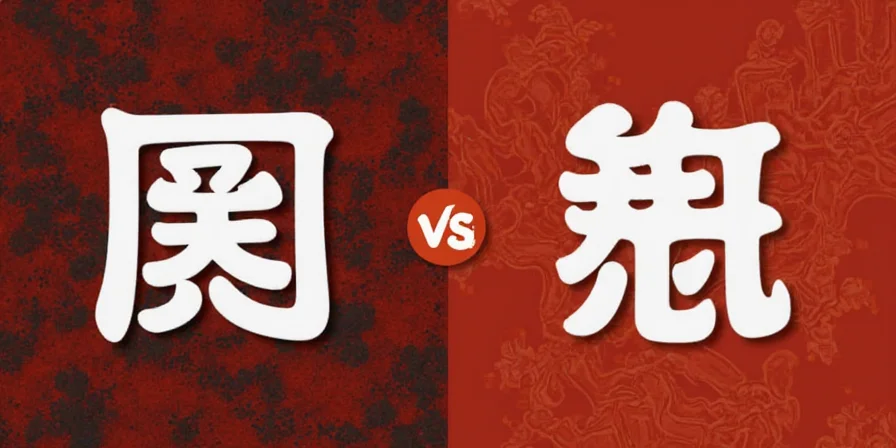

What's the Real Difference Between Ceylon and Cassia Cinnamon?
Both spices come from the Cinnamomum family but differ in critical ways that impact your health and cooking results:
| Feature | True Cinnamon (Ceylon) | Cassia |
|---|---|---|
| Origin | Sri Lanka, India, Madagascar | China, Indonesia, Vietnam |
| Bark Structure | Multiple thin, papery layers | Single thick, hard layer |
| Taste Profile | Mild, sweet, citrus notes | Strong, spicy, slightly bitter |
| Price Comparison | 3-5x more expensive than cassia | Budget-friendly option |
| Market Availability | Specialty stores (only 10-20% of US market) | Mainstream grocery stores (80-90% of market) |
Taste Comparison: When to Choose Which Cinnamon
Your choice affects both flavor and health:
- True Cinnamon: Delicate sweetness perfect for:
- Dairy-based desserts (rice pudding, custards)
- Fresh fruit preparations
- Breakfast items where subtlety matters
- Daily wellness routines requiring safety
- Cassia Cinnamon: Bold punch ideal for:
- Robust dishes (chili, barbecue rubs)
- Winter beverages (hot chocolate, mulled wine)
- Occasional baking (pumpkin pie, snickerdoodles)
- Traditional spice blends requiring intensity
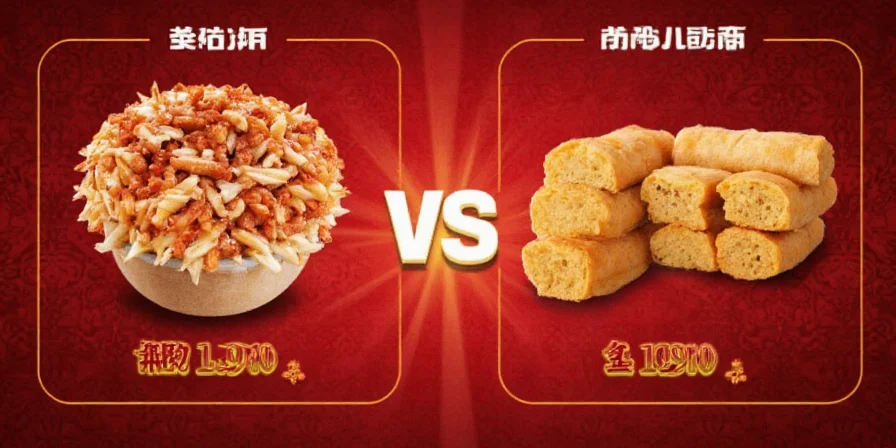
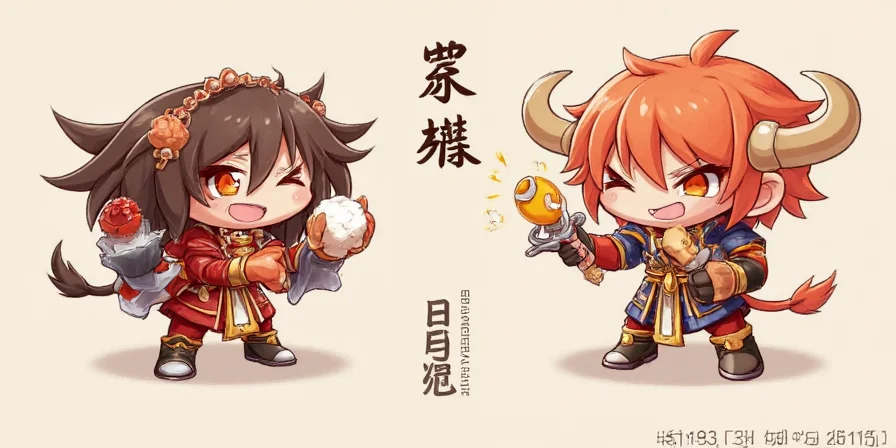
How to Spot True Cinnamon in Stores (Simple Identification Guide)
Most "cinnamon" in supermarkets is actually cassia. Use these foolproof identification methods:
- Stick Examination: True cinnamon forms delicate, multi-layered scrolls that crumble between fingers. Cassia appears as a single thick, hard tube.
- Ground Cinnamon Test: True cinnamon has lighter tan color; cassia appears reddish-brown.
- Label Reading: Look for "Ceylon," "True Cinnamon," or Cinnamomum verum. Avoid terms like "Chinese," "Saigon," or "Indonesian" which indicate cassia.
- Aroma Check: Ceylon has sweet, citrusy scent; cassia has stronger, more pungent aroma.
Updated September 2025: Recent FDA guidance emphasizes proper labeling of cinnamon types due to growing health awareness. Reputable brands now clearly distinguish between Ceylon and cassia varieties.
Best Culinary Applications: Maximizing Flavor and Safety
When True Cinnamon is Essential:
- Daily consumption (smoothies, oatmeal, coffee)
- Children's recipes (coumarin sensitivity is higher)
- Therapeutic uses (blood sugar management protocols)
- Delicate dishes where flavor subtlety matters
When Cassia Works Best:
- Occasional baking (under 1 teaspoon per recipe)
- Robust spice blends requiring intensity
- Traditional recipes calling specifically for cassia
- Budget-conscious cooking where health impact is minimal
Where to Buy Authentic Ceylon Cinnamon: Verified Sources
Most mainstream stores sell cassia as "cinnamon." For authentic Ceylon:
- Specialty Retailers: Penzeys, The Spice House, and Diaspora Co. offer verified Ceylon
- Online Sources: Look for Sri Lankan importers with direct supply chains
- Price Check: Authentic Ceylon costs $15-25 per ounce (cassia sells for $3-6)
- Quality Verification: Reputable sellers provide harvest dates and origin documentation
Pro Tip: Many "Ceylon" products are actually cassia blends. Always check return policies and look for sellers who guarantee 100% pure Ceylon.
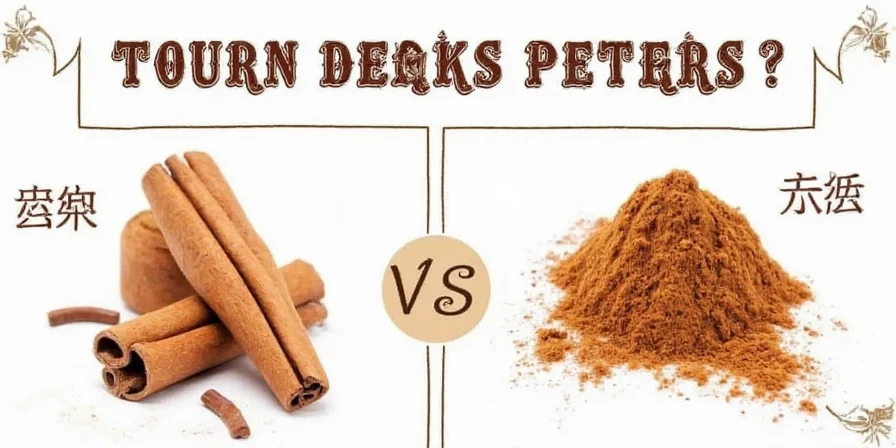
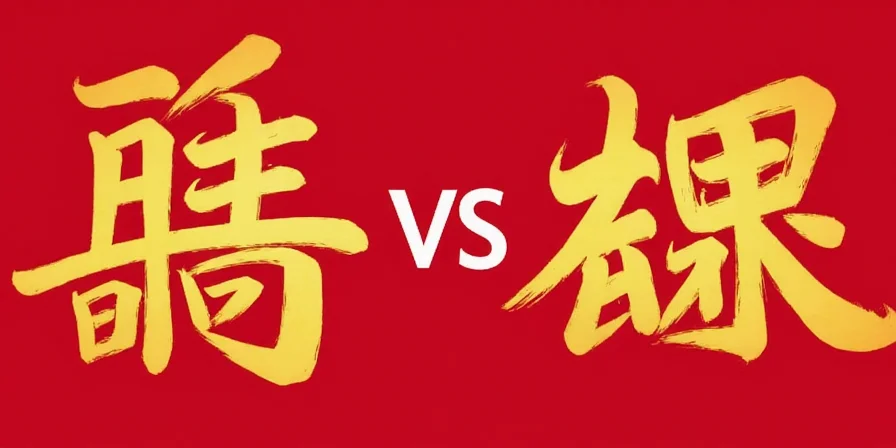
Frequently Asked Questions About Cinnamon Types
Is cassia cinnamon dangerous?
Cassia is safe in moderate culinary amounts (under 1 teaspoon daily). The concern arises with regular high consumption or therapeutic doses where coumarin levels may exceed safe limits. For daily use or children's consumption, true cinnamon eliminates this risk while providing similar flavor benefits.
How much coumarin is in cassia vs true cinnamon?
Cassia contains 2.1-6.6g/kg of coumarin—up to 400 times more than true cinnamon's 0.017g/kg. This means a single teaspoon of cassia can contain enough coumarin to exceed recommended daily limits for many adults with regular consumption.
Can I substitute true cinnamon for cassia in recipes?
Yes, but adjust for flavor intensity—use 1.5x true cinnamon when substituting for cassia. For recipes requiring bold flavor (like pumpkin pie), cassia delivers more authentic results. For daily consumption or health-focused recipes, true cinnamon is the safer choice regardless of flavor adjustments.
Why is true cinnamon so much more expensive?
Ceylon harvesting requires skilled labor to peel delicate inner bark layers. Each tree yields only 1-2 kg annually versus cassia's 15-20 kg. Additionally, Sri Lankan production methods maintain higher quality standards that increase costs but ensure safety and flavor integrity.
Final Recommendation: Making the Right Choice for Your Needs
Understanding the cinnamon vs cassia difference is crucial for both culinary excellence and health safety. For daily consumption and health-focused applications, true cinnamon (Ceylon) is the superior choice due to its negligible coumarin content. Reserve cassia for occasional baking where its bold flavor shines and health impact is minimal. Always verify authenticity through texture, labeling, and reputable sources—your health depends on making the right cinnamon choice. Remember: the small investment in quality cinnamon delivers both better flavor and long-term wellness benefits.

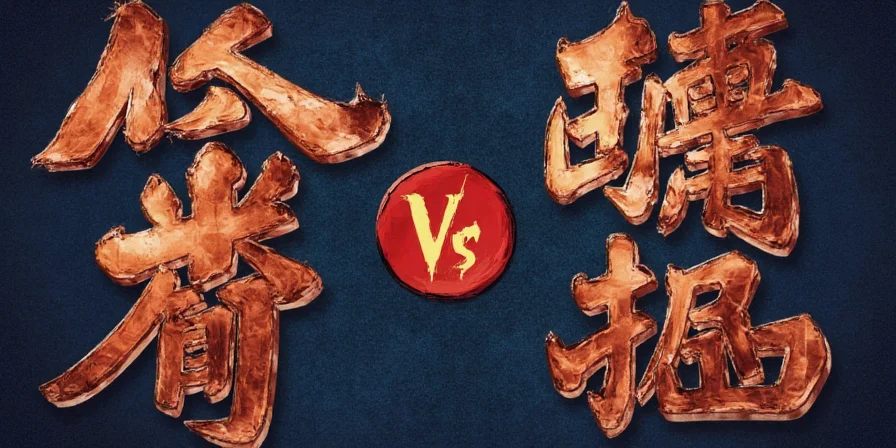









 浙公网安备
33010002000092号
浙公网安备
33010002000092号 浙B2-20120091-4
浙B2-20120091-4